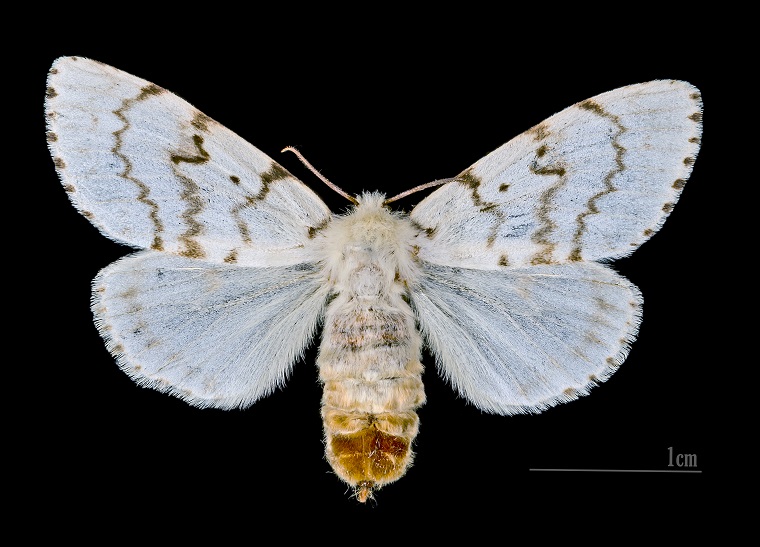Know Your Enemy: Do Invasive Species Evolve More Rapidly?
By Neethu Shaji Saji
26 March 2019

Invasive species disrupt the ecological balance of ecosystems and cost the economy billions of dollars every year. What makes some species such successful invaders is a question of great interest to ecologists – because to fight an enemy, you have to know it first.
One factor that may contribute to a species’ ability to invade a new habitat is how quickly it can evolve. Only a few studies have looked to see if invasive species have a higher rate of genetic change or “molecular evolution”. However, these studies have focused on selective pressures, rather than the overall pace of evolution, in a relatively small number of individuals. As a result, they may not show the full role of genetic evolution in determining a species’ ability to invade new territories.
Two post-doctoral researchers at the University of Guelph decided to take a different approach. Dr. Robert Young, Department of Integrative Biology, and Dr. Fatima Mitterboeck, Canadian Research Institute for Food Safety, looked at genetic data for 35 species of insects native to Europe which have invaded North America. They then used the data to evaluate the relative rate of genetic change in specimens collected in North America, their native counterparts in Europe, and closely related species that were not invasive.
Every species that has ever existed has a unique genetic makeup. But a species’ genes can change over time. Some changes may be small and make no obvious difference, while other changes may lead to completely new traits, such as resistance to an antibiotic, or the ability to survive in an environment outside a species’ normal range. Once these changes occur, they are passed on to the next generation and either “conserved” over time, or they may undergo further changes.
Using computational tools, biologists can trace even the smallest of these genetic changes to determine how quickly an organism is evolving at the molecular level, and whether or not this rate of genetic change is linked to a species’ ability to become invasive. This is exactly what Young and Mitterboeck did, focusing on small changes to one very well-studied and characterized gene (the COI gene) that is widely used for molecular identification of insects through genetic “barcoding”. And while their analysis did not reveal a clear relationship between the rate of molecular evolution and invasiveness, their study has yielded a powerful new research tool for future work.
“We expected from the outset that we may not see any major trend given the short evolutionary time we have data for. Still, it was important to test it,’’ says Young, noting that the build up of genetic differences normally takes millions of years to become evident. In contrast, the data used in this study covered a few million years between closely-related species and a time period of a few hundred years between populations.
The major contribution of this study, say the authors, is its novel experimental design. Young and Mitterboeck’s approach offers a different way to assess rates of molecular evolution, using multiple data points from many individuals resulting in thousands of possible combinations. This in turn allows researchers to draw more realistic conclusions about the rate of molecular change.
“While analyzing the individual genetic characteristics, we saw both significant and non-significant results with respect to invasiveness, but they were not significant when we looked at the all available information for those species. However, if we had used previous methods and analyzed a few genetic characteristics from only one or two individuals to represent a species, we might have seen a falsely significant trend,’’ says Young.
“Such a conclusion may have resulted in the misinterpretation of the data,” adds Mitterboeck.
The team’s approach would not have been possible even just a few years ago, for two reasons. First, they retrieved data from global genetic databases that until recently had only limited information. Today, these databases contain genetic information from millions of specimens. Second, they used computational tools that allowed them to assess variation at a scale that just wasn’t feasible before now. In their study, Young and Mitterboeck examined close to 100,000 sequences, whereas previous studies typically looked at less than a hundred.
The pair are next planning to revisit the results of previously published articles looking at rates of molecular evolution that focused on select individuals or species. “We would like to see if published results would differ with a different choice of individuals or choice of species within groups being compared,” says Mitterboeck.
The study provides an exciting tool for future research seeking to answer questions about the genetic drivers of species invasiveness. In the ongoing battle to protect our natural systems from the devastating impacts of invasive species, new and powerful research tools can play a critical role in helping us to better manage or prevent future invasions.
This study was funded by the Natural Sciences and Engineering Research Council.
Read the full study in the journal European Journal of Entomology.
Read about other CBS Research Highlights.